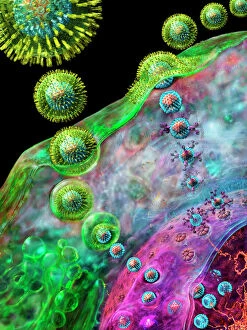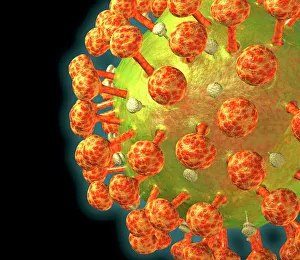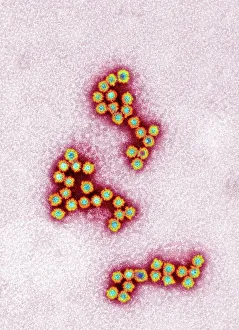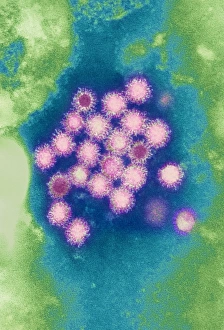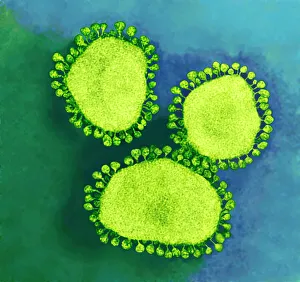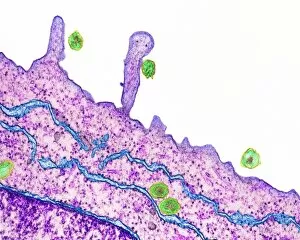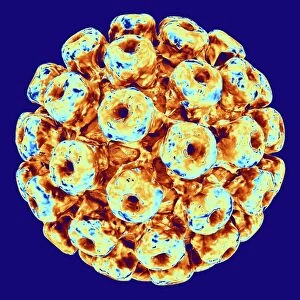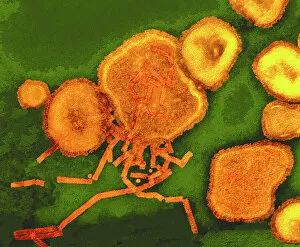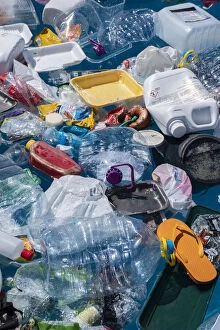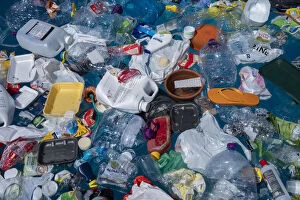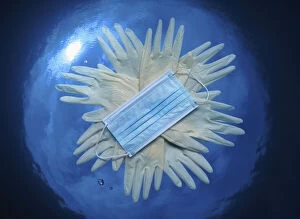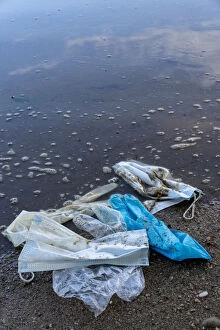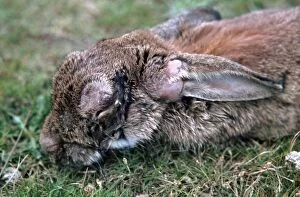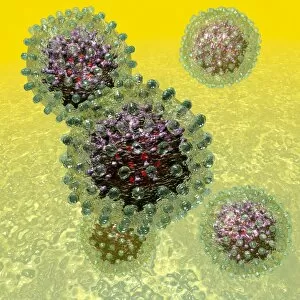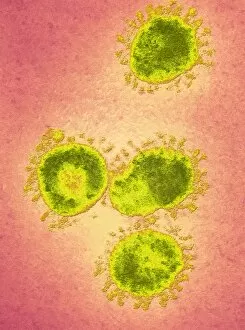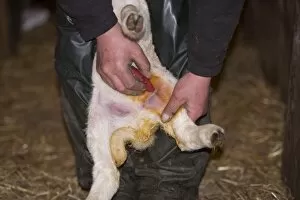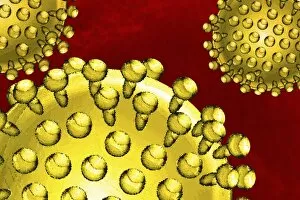Viruses Collection
Viruses: Tiny Agents of Intrigue and Devastation In the vast realm of microscopic organisms
All Professionally Made to Order for Quick Shipping
Viruses: Tiny Agents of Intrigue and Devastation In the vast realm of microscopic organisms, viruses stand as enigmatic entities that captivate both scientists and the general public. These minuscule particles, such as HIV, Norovirus, Hepatitis B and C viruses, Coronaviruses, Influenza virus, Herpes virus, Polyoma BK virus, Lambda bacteriophages or Rift Valley fever virus possess an extraordinary ability to infiltrate our bodies with profound consequences. Under the lens of a transmission electron microscope (TEM), we witness the intricate beauty of these viral invaders. The HIV particle appears like a deceptive sphere adorned with spikes that enable it to latch onto host cells. Norovirus particles resemble tiny clusters of misshapen orbs – their presence often leading to outbreaks of severe gastrointestinal illness. Hepatitis B viruses exhibit a unique structure; they are circular in shape with spiky projections on their surface. Their counterparts - Hepatitis C viruses - appear elongated and slender under TEM's discerning gaze. Both strains can cause chronic liver infections if left unchecked. Coronavirus particles showcase an eerie crown-like appearance due to their spike proteins protruding from spherical envelopes. These notorious agents have recently gained notoriety for causing global pandemics like SARS-CoV-2 (COVID-19). Adenoviruses take on artistic forms when visualized through artwork but should not be underestimated for their impact on human health. They commonly cause respiratory illnesses and conjunctivitis among other ailments. The influenza virus presents itself as an assortment of segmented spheres under TEM's scrutiny – each segment harboring genetic material responsible for its rapid mutation rate which challenges vaccine development every year. Herpesviruses reveal themselves during replication processes where they hijack host cell machinery to create new viral progeny – perpetuating recurrent infections throughout one's lifetime. Polyoma BK virus showcases its vibrant colors in artwork, yet its consequences can be far from picturesque.

